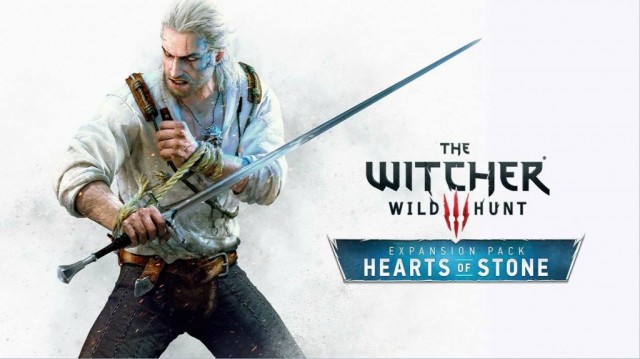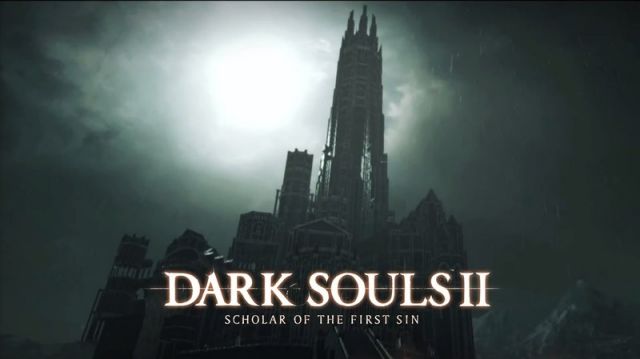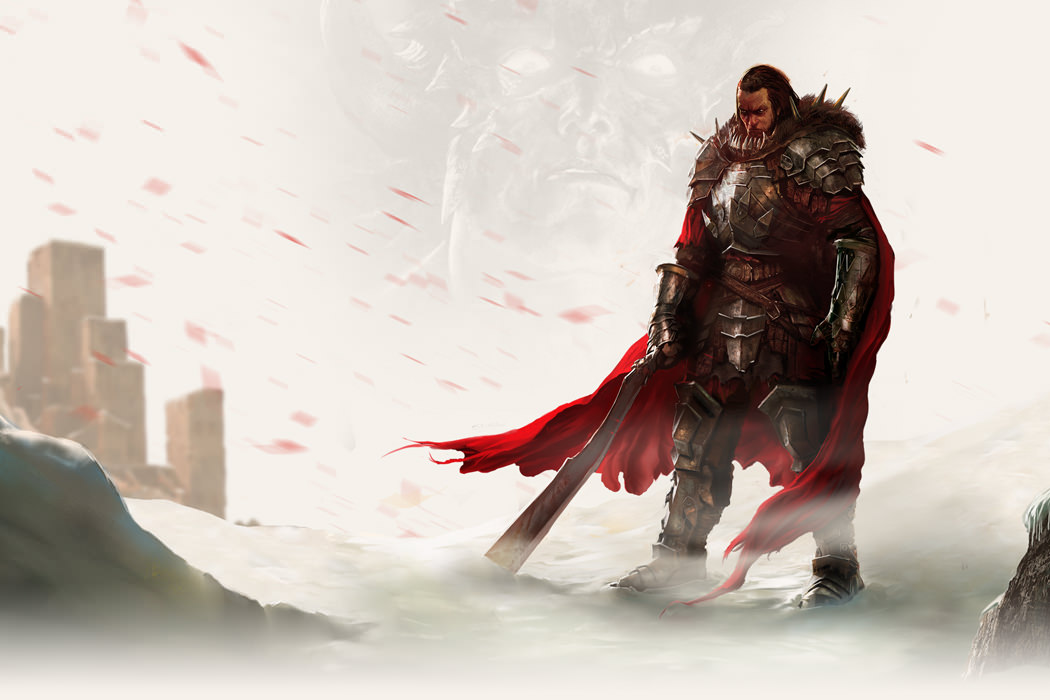

One of the most important aspects of Kickstarter is the ability for consumers to curate the products they want. If there is a large enough demand for a project to become successful, customers have a direct and immediate role in the creation of content. This has led to the likes of Star Citizen becoming huge crowdfunded success stories, even though the space sim genre was seen as niche and all but dead by larger companies.
Established developers have also seen the potential for Kickstarter and crowdfunding, using the new payment tool to create games outside of the traditional development cycle. In September 2012, Obsidian Entertainment announced plans to create Pillars of Eternity, a CRPG (computer RPG) emulating the spirit of the old Black Isle and Infinity Engine titles. With Obsidian formed out of the closure of the acclaimed studio, the promise of a return to the well-loved genre gained Pillars of Eternity over 77,000 backers and $4 million in funding, saving Obsidian in the process.
With that in mind, it’s easy to see exactly what Obsidian is aiming for with Pillars of Eternity. It’s a game with clear roots in the same tabletop-ruled titles that made Black Isle king, with broad strokes of Icewind Dale, Planescape: Torment and the BioWare-developed Baldur’s Gate. It’s most obvious with the gameplay mechanics, where there is a familiar and comforting rigidity, and the ability to stop and think tactically rather than relying on free-flowing action.
A great deal of care and attention has been placed on the game’s art direction too, with fantastic locations designed with a hand-painted aesthetic. Particular effort is placed on making the more unique parts of Pillars of Eternity’s world stand out, with the the adra – a type of living, glowing rock – sitting vibrant against grim, dark backdrops. The impact is just as immersive as it was in the days of Icewind Dale, with the impression of a deep fantasy world akin to the artwork of Frank Frazetta.
Another element that ties Pillars of Eternity to its RPG forefathers is the difficulty. Pillars of Eternity can be tough to those who are unfamiliar with the gameplay style of the original Infinity Engine RPGs, with a lot to pick up within a short space of time. Players will have to mind their surroundings for traps and bottlenecks, and the random element to combat causes plenty of tension. Those returning to the isometric CRPG style will find it much more comfortable, particularly given that the game’s normal difficulty is aimed at those already adept with the genre.
Pillars of Eternity is not quite as unforgiving as its predecessors, however, with introductory levels that ease players into specific gameplay mechanics, all the while integrating players into the basics of the story. Whilst a normal difficulty Baldur’s Gate playthrough could end just outside Candlekeep with a bit of bad luck, there is no such threat in the Paradox Interactive-published title. Those players after difficult challenges need not look far, though; dangerous dungeons can be found with only a little exploration.
Players will want to discover those dungeons too, as the idea of exploration is key to just how fun Pillars of Eternity is. Users are able to adventure in both the individual gameplay areas, where the player’s party can travel off the beaten path to find loot, monsters and caves, and in the overworld map, where non-essential areas can be visited whilst hunting for side quests. It all adds up to an immersive experience, with players able to involve themselves with some degree of autonomy in this entirely new world.
That level of involvement is integral to how much impact Pillars of Eternity can have on the player. The main questline itself gives a meaty challenge, but the game’s scope goes far beyond a single narrative. Alongside a wealth of side quests, players can micromanage their own keep, renovating its chambers and using it to improve reputation and fame. The sheer scope of Pillars of Eternity is certainly impressive; the first real town, Defiance Bay, has five districts and a wide array of content to discover.
One of the biggest strengths of Pillars of Eternity is the way that Obsidian has developed a new universe for players. There are some generic fantasy elements, with the inclusion of dwarves, dragons, elves and trolls, but Pillars of Eternity also has some interesting unique lore. The Godlike race are mortal beings born with the physical features of gods, with these attributes seen as both a blessing and a curse. Meanwhile, alongside RPG staples such as paladins and wizards, gamers can choose a cipher character, a mage-like class with the ability to manipulate souls.
The writing in the game is second-to-none, and Pillars of Eternity shows how quality prose can augment the role-playing experience. In-depth information is granted not through expositional dialogue and pre-rendered cut scenes, but through lavish and nuanced description, matched with minimal illustrations. It works in the game’s favor, creating the feeling of being involved in some hybrid of traditional tabletop role-playing and video game, forcing the player to involve his or her own imagination.
The blend of traditional RPG standards and interesting new elements continues into the Pillars of Eternity story itself. At first glance, Obsidian’s title treads familiar ground. The story of a player character on a quest to find answers after tragedy strikes is something players of Baldur’s Gate should be familiar with, particularly when terrifying nightmares and visions enter the fray. However, Obsidian uses this to further immerse would-be adventurers in the world of Eora. Players can read the souls of NPCs and even speak to past lives, often unveiling a tragic history.
The universe of Pillars of Eternity is one built on mourning, and tragedy is one of the enveloping themes of the title. Eora is still suffering from a long history of conflict, including the Saint’s War, when a prophet claiming to be the corporeal form of the god Eothas led a violent rebellion. To make matters worse, the population has been cursed with a disease that causes children to be born without souls.
In a world with such mysteries, and so much grief, there are a number of interesting moral dilemmas for players to navigate. Potential quests can often be solved in multiple ways, and the player can always decide to refuse to get involved in the plight of others. Obsidian has done a fantastic job at keeping the player interested in Pillars of Eternity, not only through addictive, strategic combat but through the desire to see an involving story to its conclusion.
In short, Obsidian Entertainment has created a specific title for a specific audience, but has done so with great success. Pillars of Eternity is a must-have for fans of the Infinity Engine RPGs, or 1990s computer role-playing games in general. Those unfamiliar with the genre may find the title a little less involving, but Pillars of Eternity is undoubtedly a triumph.
Pillars of Eternity is out now for PC, Mac and Linux.




 Dark Souls II: Scholar of the First Sin Is Even Harder, Durability Bug On PS4/XOne Explained, Tips, Tricks & More
Dark Souls II: Scholar of the First Sin Is Even Harder, Durability Bug On PS4/XOne Explained, Tips, Tricks & More The Last of Us Safe Locations and Combinations
The Last of Us Safe Locations and Combinations How to Get a Free Raffle Ticket Template for Microsoft Word
How to Get a Free Raffle Ticket Template for Microsoft Word Wii Party U Review: Family Fun
Wii Party U Review: Family Fun Bound by Flame Guide: How to Make Gold Easily and Quickly
Bound by Flame Guide: How to Make Gold Easily and Quickly